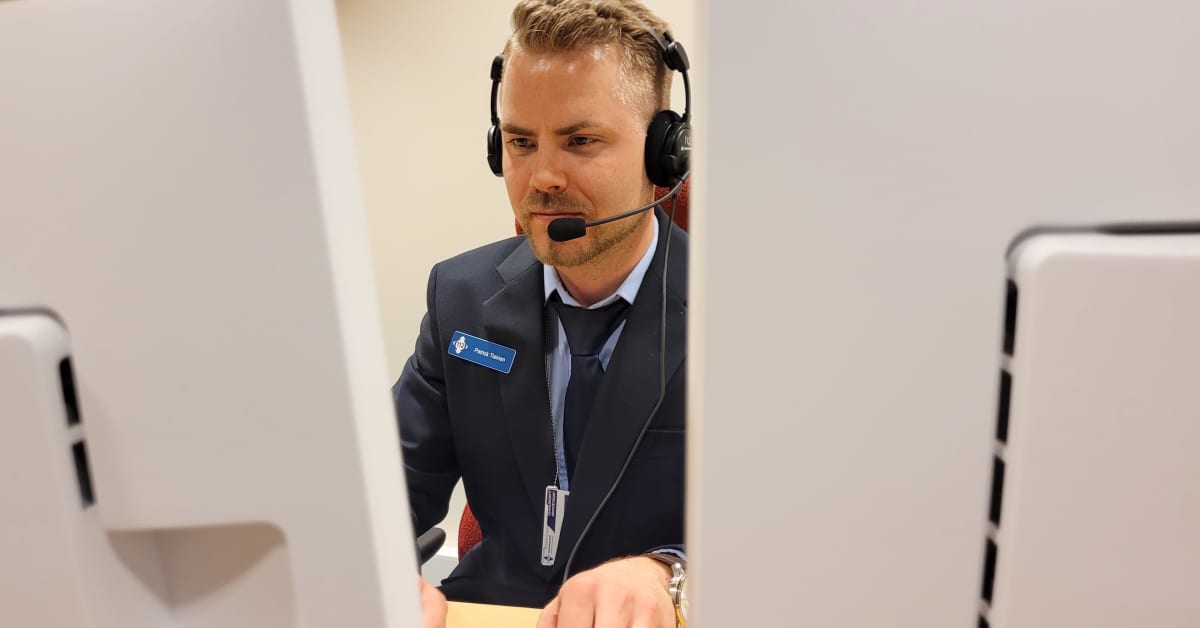Video calling to emergency service dispatchers is not yet possible anywhere in the world, but Finland is aiming to find out if it could be done.
Prime Minister Petteri Orpo’s (NCP) government programme, calls for looking into the possibility of using video calls to reach emergency services.
The use of video could give emergency service experts a better idea of the situation at hand, but there would be a few hurdles to cross before such a system could be implemented.
What kind of platform that could be used is still an open question, as commercial video conferencing apps like FaceTime and WhatsApp would most likely be off the table, due to concerns including data security.
According to EU rules, eventual video calls to emergency services would be obligated to have the video feature on both ends — the caller and the dispatcher. But due to security issues, emergency services centres have not been equipped with video conferencing tech.
According to Arttu Perttula, director of the Emergency Response Centre Agency’s development department, there are other possible impacts that video calls could have on emergency services staff.
“For us, staff job satisfaction is very important. The use of video and images [in 112 calls] could possible pose new challenges in that the images could be even more burdensome and traumatising than traditional phone calls,” Perttula explained.
Using video chats would also raise questions about data security, as the privacy of callers needs to be insured, he noted.
“From a technical point of view, we have to record all calls. If we start using video, the recordings would take up quite a bit of [computer] storage space,” Perttula pointed out.
According to an EU directive on the matter, an emergency video call system would also need to have the option of text input in real time, a feature which is expected to be put in use alongside the current voice-based telephone arrangement.
Finland is already piloting an emergency services video calling system as an accessibility feature for people who use sign language and their interpreters.



So people without video phones, or who can’t use video phones, can’t call emergency services.
No, how could you possibly come to that conclusion?
“Obliged” means “required”
It says “feature,” not that every call has to be a video call, its just that they need to have it as an option available.
Pretty sure the standard option would remain as well.
However, given that almost everyone is on a smartphone here and hopped up on a cheap unlimited data plan, it’s pretty accessible for 99%.
99% isn’t good enough for emergency services. Also, sometimes, video is too dangerous.
That’d be like saying 911 isn’t good because not everyone has a phone.
Again, it is an additional and optional service on top of the usual phone call. So those who have any old phone in hand will still have access. Just no video.
No, voice calls including POTS calls will stay. This would be additional. For second point this is a very big may or if. They are pretty much just studying the possibility, maybe doing a pilot project at some point. Any showstoppers or big obstacles show up, this would abandoned quickly.
Far more important and already implemented is reporting of the callers mobile phones locations via an official emergency call app. Also emergency center can get the cell network triangulation location, but often in rural Finland it might end up being “anywhere on this towers coverage area”. Amounting to anywhere on this tens of square kilometers circle. So say somewhere in vinicity of this village, maybe.
The call app can get direct phone GPS receiver access and thus down to meters location.
Doesn’t seem to be what the article says:
“Obliged” means “required”
Obligated to have the video feature. Meaning all phones would eventually be required to have the capability to use it, it would still be optional for the caller to allow it. Like how where I am we have the options of calling or texting 911.
No, it means that if a video service is implemented, it has to have video on both ends.